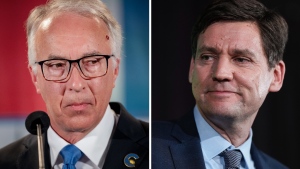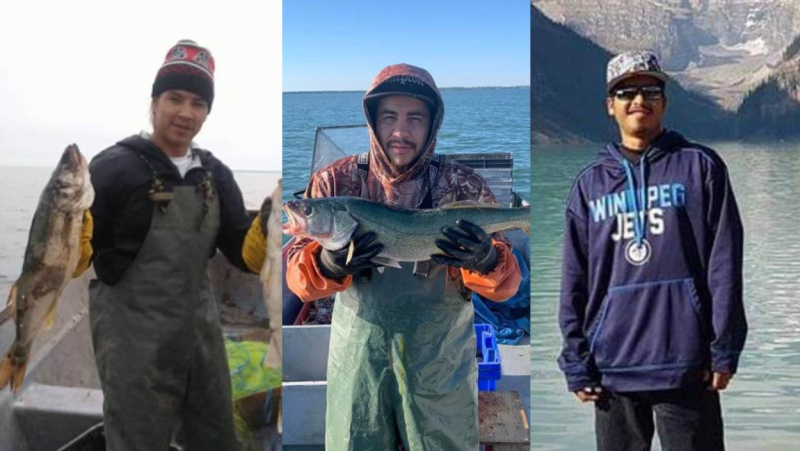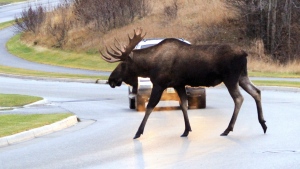British Columbia (B.C.) woke up to a state of uncertainty as the results of the provincial election showed a tight race between the Conservative and NDP parties.
As the votes were being counted, it became clear that the two main parties were neck and neck, with no clear winner emerging. This has left many citizens and political analysts on edge, eagerly awaiting the final outcome.
The Conservative party, led by incumbent Premier John Horgan, had been in power since 2017 and was seeking a second term. On the other hand, the NDP, led by Andrew Wilkinson, was hoping to regain control after being in opposition for the past four years.
Throughout the campaign, both parties focused on issues such as the economy, healthcare, and the environment. The Conservatives promised to create jobs and boost the economy, while the NDP pledged to invest in healthcare and tackle climate change.
As the results came in, it was evident that the race was too close to call. At one point, the NDP was leading in the popular vote, but the Conservatives were ahead in the number of seats. This further added to the uncertainty and left many wondering who would ultimately come out on top.
The Green party, led by Sonia Furstenau, also made significant gains in this election, potentially holding the balance of power in a minority government scenario.
The final results are expected to be determined by mail-in ballots, which make up a significant portion of the votes this year due to the COVID-19 pandemic. These ballots will not be counted until November 6, leaving the province in a state of limbo until then.
In the meantime, both Horgan and Wilkinson have expressed their willingness to work with the Green party in a potential minority government. However, the final decision will ultimately rest in the hands of the voters and the final vote count.
As the province waits for the final outcome, one thing is certain – the people of B.C. have spoken, and their voices will shape the future of the province for the next four years.




